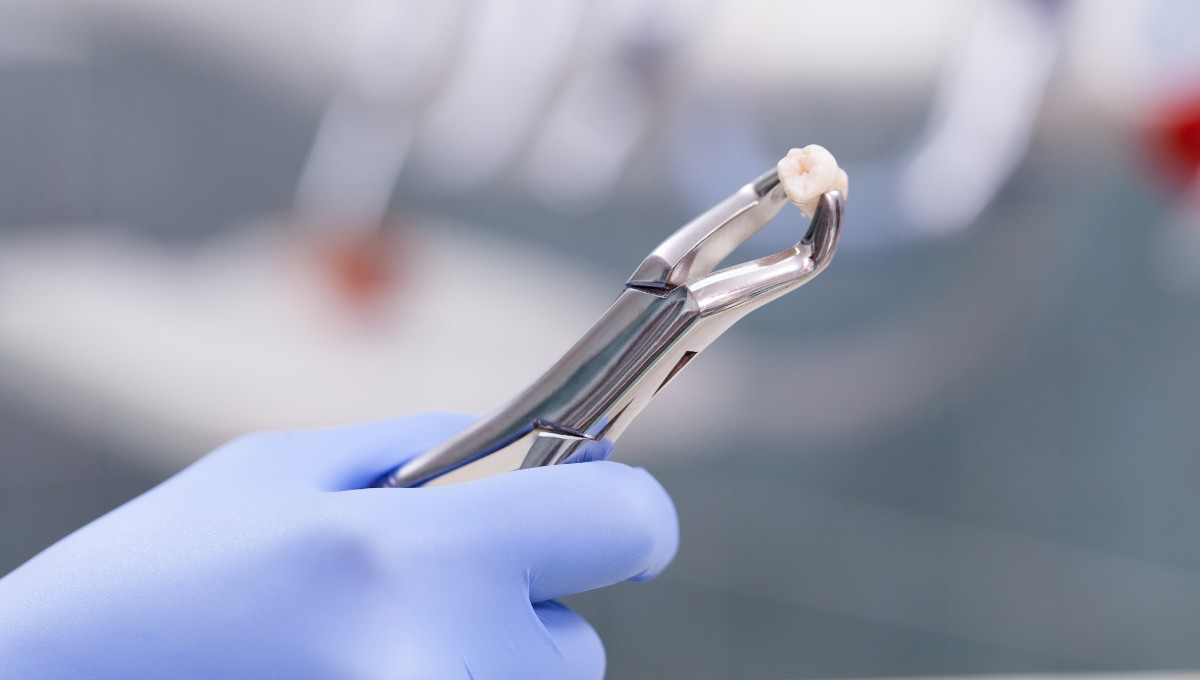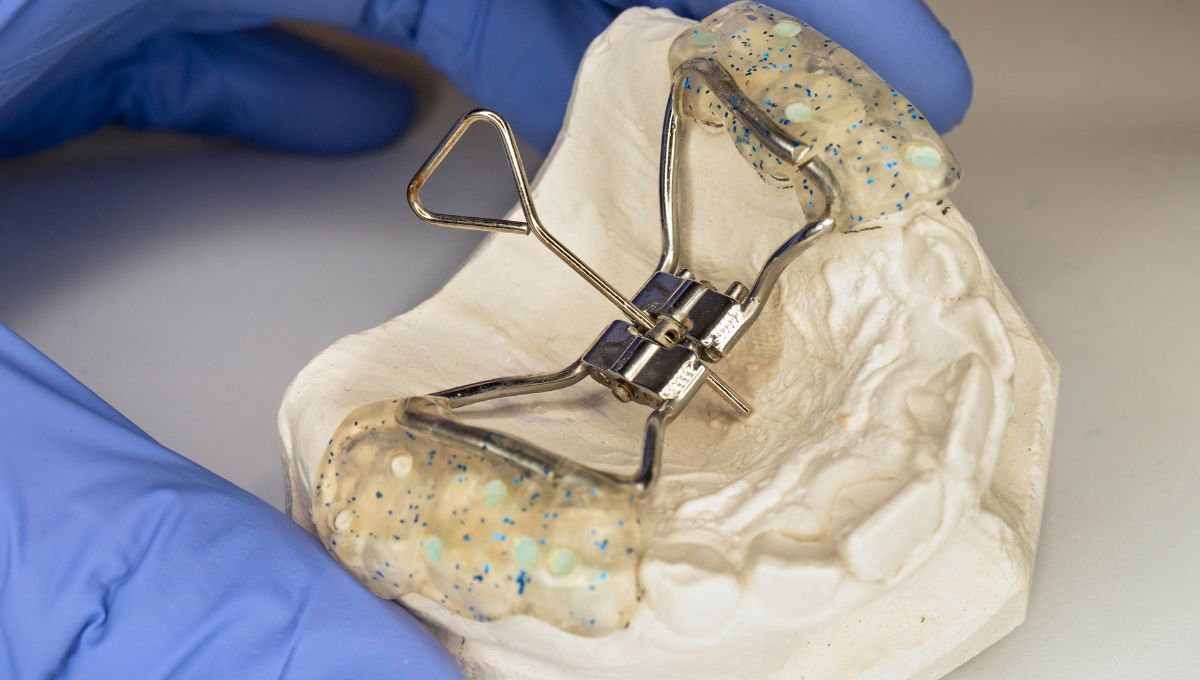- • Why Is Tooth Extraction Sometimes Needed for Braces?
- • When Can You Avoid Tooth Extractions for Braces?
- • Are There Other Alternatives to Tooth Extraction?
- • What Happens If You Need Teeth Removed for Braces?
Why Is Tooth Extraction Sometimes Needed for Braces?

Orthodontists may recommend teeth removal for braces to make room for proper alignment, especially in cases of severe crowding or protrusion. Without enough space, your teeth can't shift into their ideal positions, no matter how effective your braces or aligners are.
Here are some key situations where pulling teeth for braces is considered:
•
Severe Crowding: When there isn’t enough space in the jaw to accommodate all teeth, they can overlap, twist, or erupt incorrectly. Removing a tooth or two can create space for the rest to move into proper alignment.
•
Protruding Teeth: Teeth that stick out too far, especially the upper front teeth, can affect both appearance and bite. Removing nearby teeth can help retract them into a better position.
•
Jaw Imbalance: Sometimes, molar extraction for braces is part of a strategy to fix overbites, underbites, or crossbites. Strategic extractions allow orthodontists to shift teeth and balance the relationship between the upper and lower jaws.
•
Extra Teeth or Abnormal Tooth Size: In rare cases, patients have extra teeth (supernumerary teeth) or unusually large teeth that crowd the arch. Extraction ensures there’s room for ideal alignment.
When Can You Avoid Tooth Extractions for Braces?

The good news is that many patients don’t need to remove any teeth. You may be able to get teeth braces without removing teeth if:
•
Your teeth aren’t severely crowded: Braces or clear aligners can often guide teeth into place using the space already available.
•
Your jaw alignment is good: When your upper and lower jaws are well aligned, there's less need to remove teeth to adjust the bite.
•
You’re still growing: In children and teens, orthodontists can often use the natural growth of the jaw to make more room for teeth.
Are There Other Alternatives to Tooth Extraction?
Yes, modern orthodontics offers several techniques to avoid tooth removal whenever possible. Here are two common alternatives:

•
Palatal Expanders: These devices gently widen the upper jaw over time. They’re especially effective in children and teens whose bones are still growing. By increasing the size of the dental arch, they create more room for teeth to move, often avoiding the need for molar extraction for braces.
•
Interproximal Reduction (IPR): Also known as tooth shaving or slenderising, IPR involves removing a small amount of enamel between specific teeth to make space. It’s painless and commonly used with clear aligners to avoid extraction.
What Happens If You Need Teeth Removed for Braces?
•
Which teeth are removed? Usually premolars or first molars, teeth that aren’t visible when you smile, but help create space.
•
Is it painful? The procedure is done under local anaesthesia so that you won’t feel pain—some mild discomfort after the extraction is normal and can be managed with pain relief.
•
Recovery time? Most patients recover in a few days, and braces are typically placed shortly after.
Tooth extraction for braces isn’t always necessary, but in some cases, it’s the best way to create a healthy, balanced smile. If you're concerned about needing an extraction, speak to an orthodontist. They’ll assess your teeth and recommend the right solution. Want to know if you need a tooth extraction before starting treatment? Take our free smile assessment to find out what your options are.
